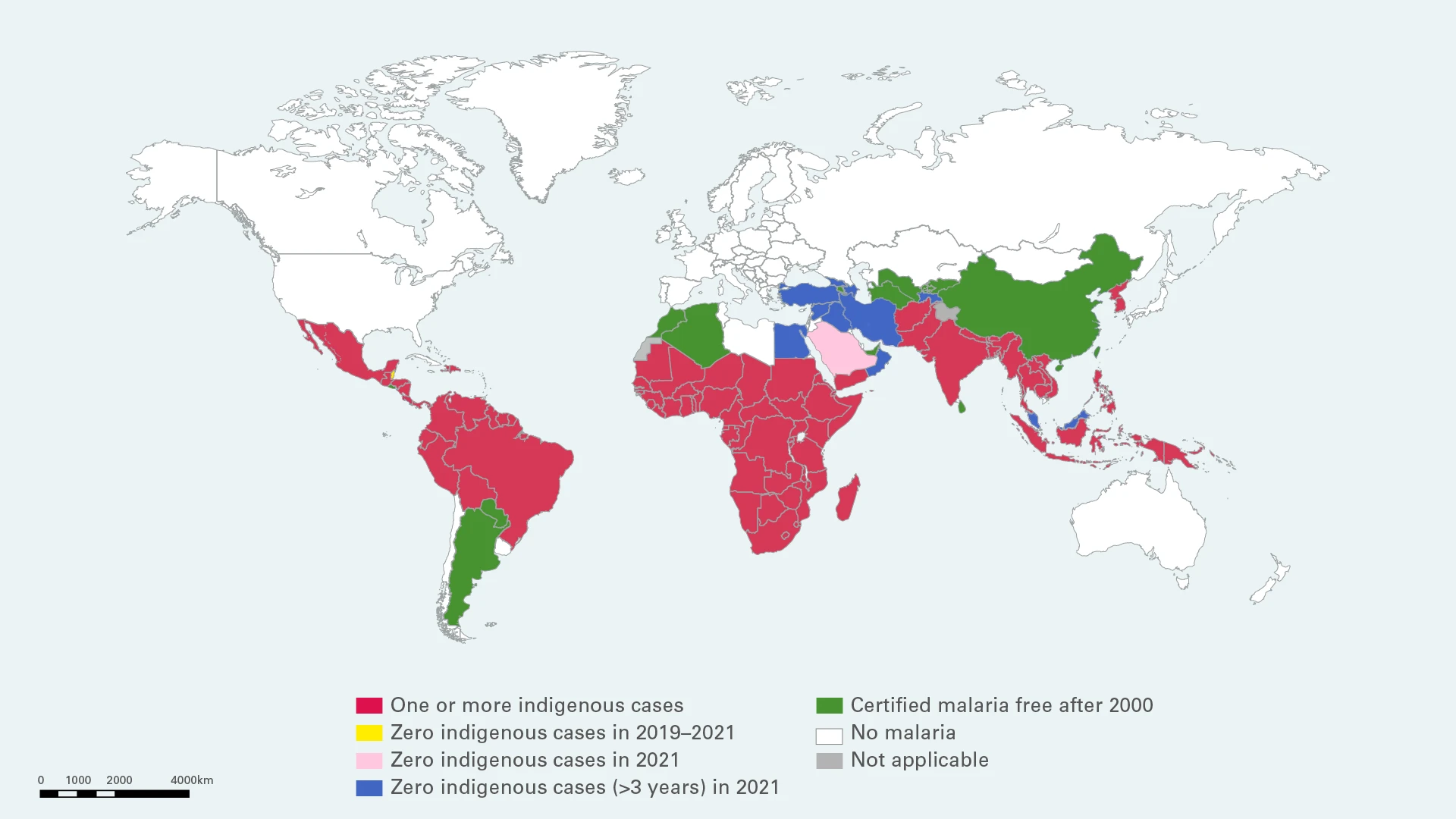Laolu Senbanjo, also known as ‘Laolu NYC,’ seamlessly weaves tradition and modernity to create a visual language that transcends cultural boundaries. As a cultural ambassador, he bridges the gap between the ancestral and the contemporary, drawing inspiration from Yoruba tradition and coining two distinct art styles: Afromysterics and the Sacred Art of The Ori.
Dr. Salim Abdulla is a distinguished clinical epidemiologist whose remarkable career has significantly impacted the global fight against malaria and emerging pathogens. With over 20 years of experience in conducting clinical trials and groundbreaking research, he has played a pivotal role in shaping national malaria policies and leading innovations in healthcare.
Throughout his career, Dr. Abdulla has focused on evaluating and introducing critical interventions in the fight against malaria. He conducted extensive research on insecticide-treated bednets (ITNs) and artemisinin-based combination therapies, leading to important advancements in national malaria policy formulation. Notably, he is currently engaged in the evaluation of new malaria vaccines and treatments, with the goal of achieving regulatory licensure.
In the 2022 World Malaria Report, compiled by the World Health Organization (WHO), the total spend on funding the fight of malaria in 2021 was estimated at USD 3.5 billion. Over that year, the same report states that there were an estimated 247 million cases of malaria and 619,000 malaria deaths globally.
More recently, over the course of the 20th Century, malaria is believed to have claimed between 150–300 million lives. The disease is contracted predominantly in the tropical regions: sub-Saharan Africa, Asia and the Amazon basin. This is due to the prevalence of the Anopheles mosquito that transmits the disease. Poorer regions of Africa bear the vast majority of the burden. In 2021, around 95% of the diagnosed cases and deaths were on the African continent, 80% of which were children under the age of five. The disease is entirely preventable and curable with prompt diagnosis and effective methods of treatment which require sufficient investment and funding.
Warming temperatures are chasing animals and plants to new habitats, sometimes with devastating consequences to ecosystems. But there is little evidence regarding how far and how fast the invaders might be moving.
A new study offers a glimpse of the future by looking to the past. Mosquitoes that transmit malaria in sub-Saharan Africa have moved to higher elevations by about 6.5 meters (roughly 21 feet) per year and away from the Equator by 4.7 kilometers (about three miles) per year over the past century, according to the study.
